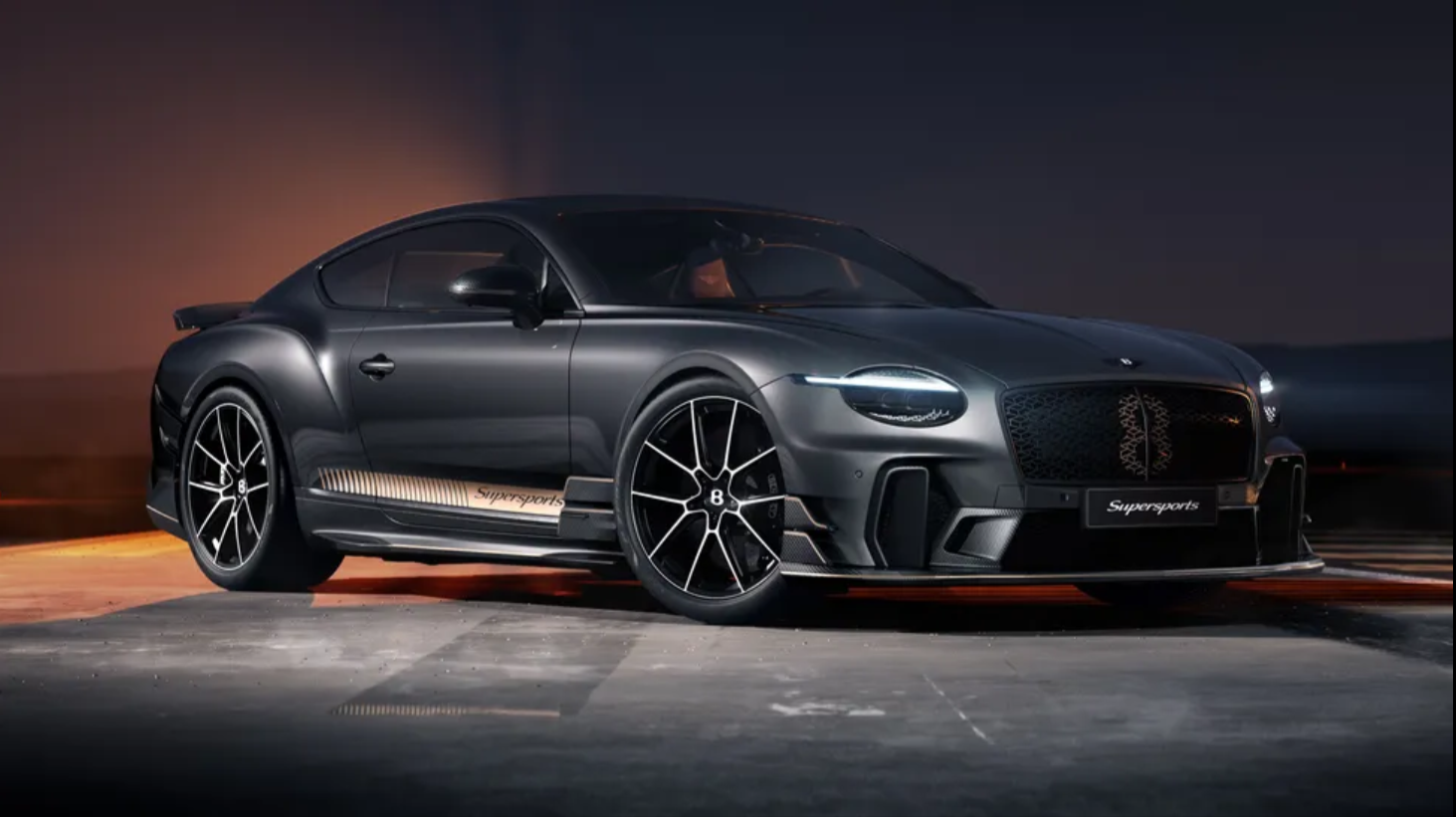-
We provide you with the latest breaking news and videos straight from the motoring industry.
-
Contact us : hello@vroomauto.co.za
Latest Articles
Latest Used Cars
Latest Private Used Cars
Popular
- Auto Shows16
- Classic Cars16
- First Drive16
- Future Cars16
- Motorsports16
- Technology16
- Deals16







.jpg)


.jpeg)

.jpeg)
.jpeg)

